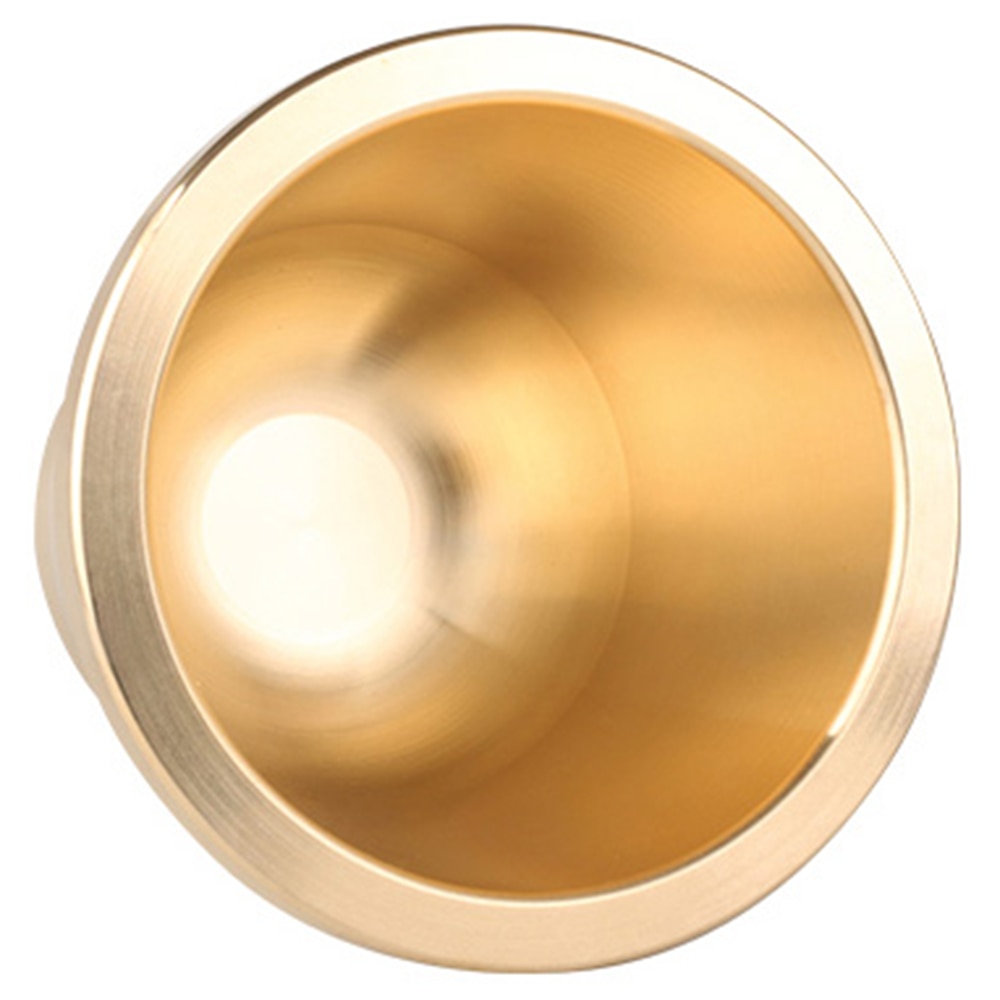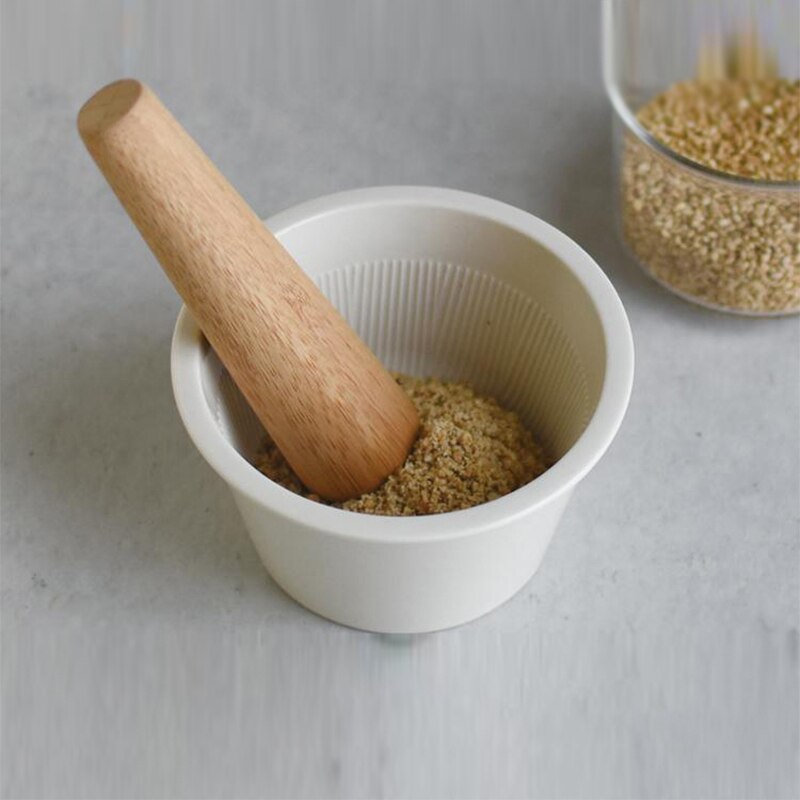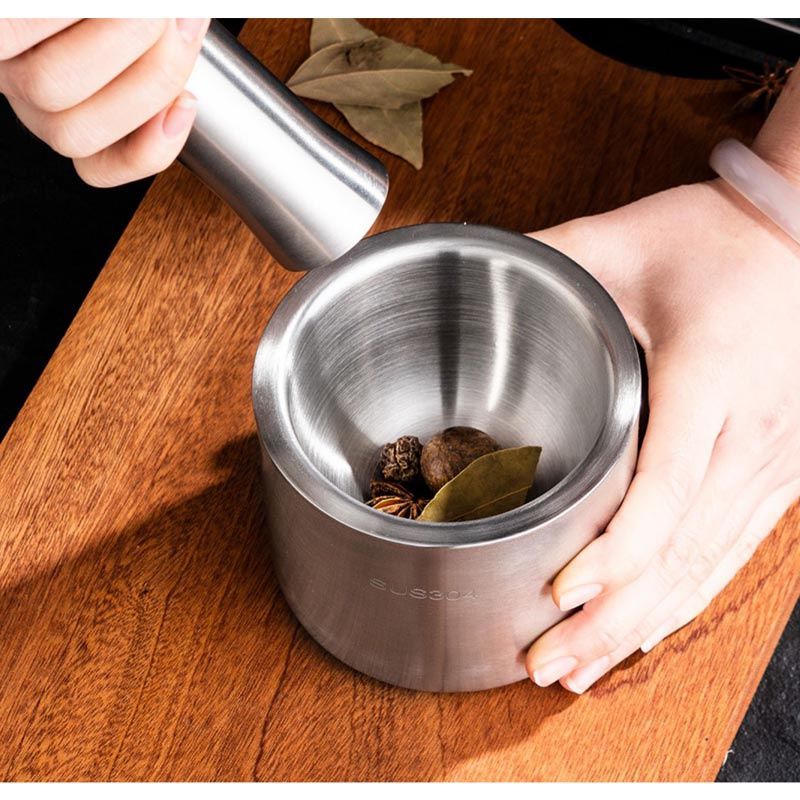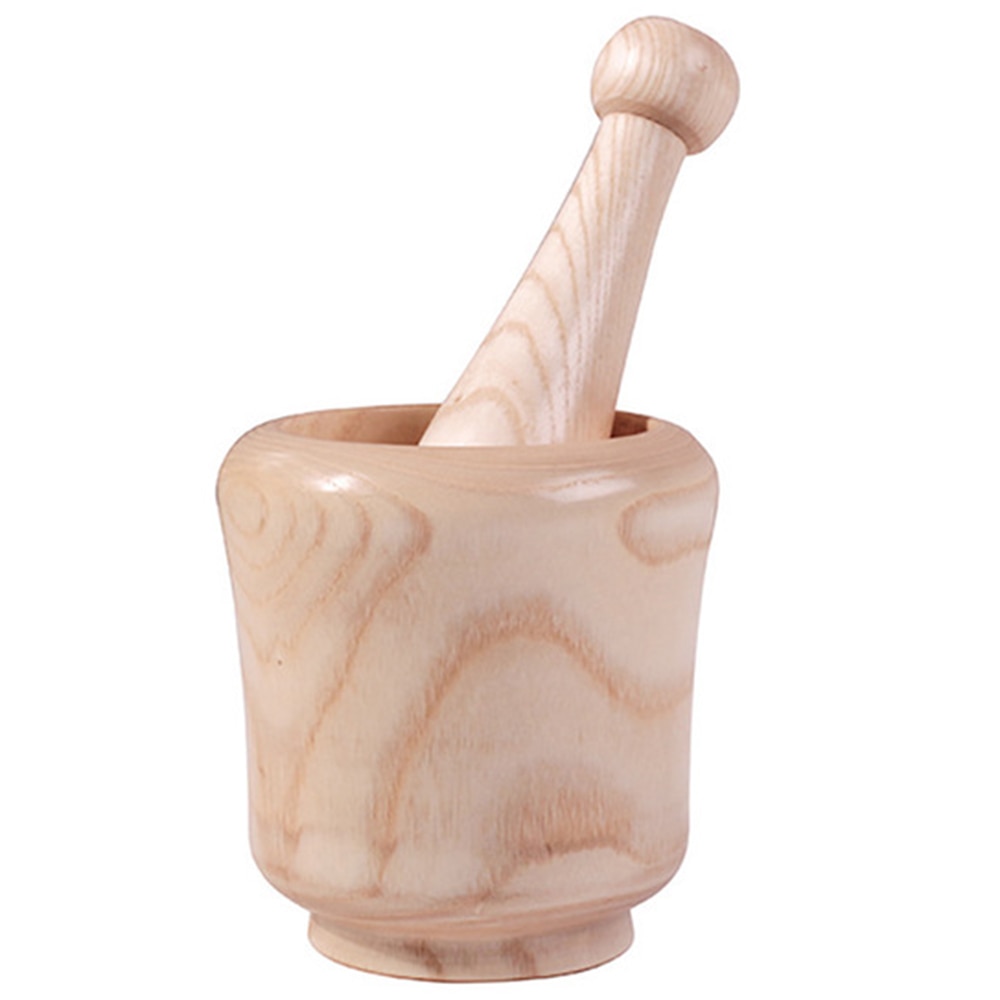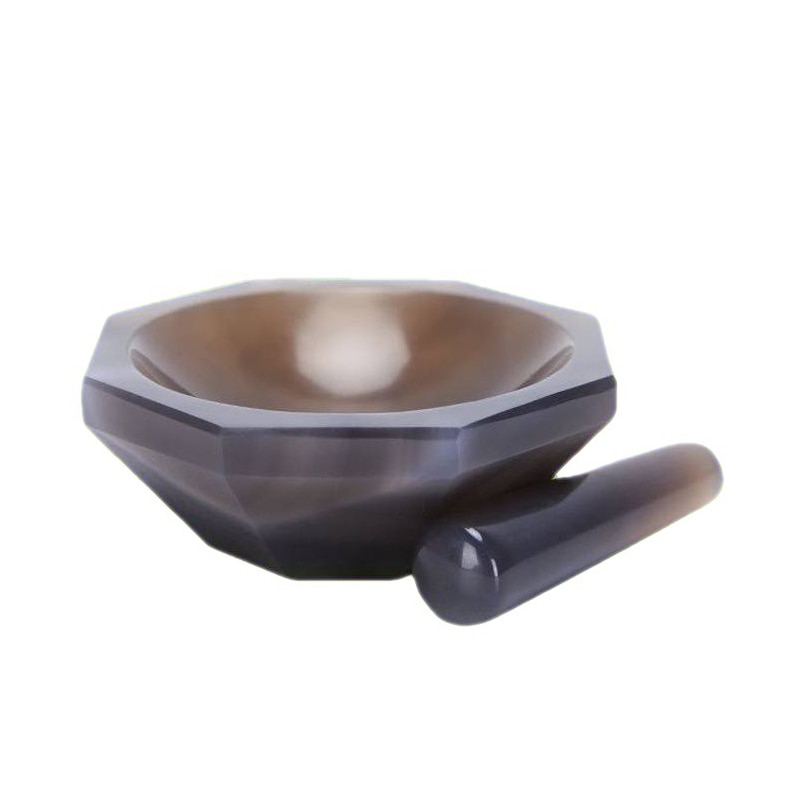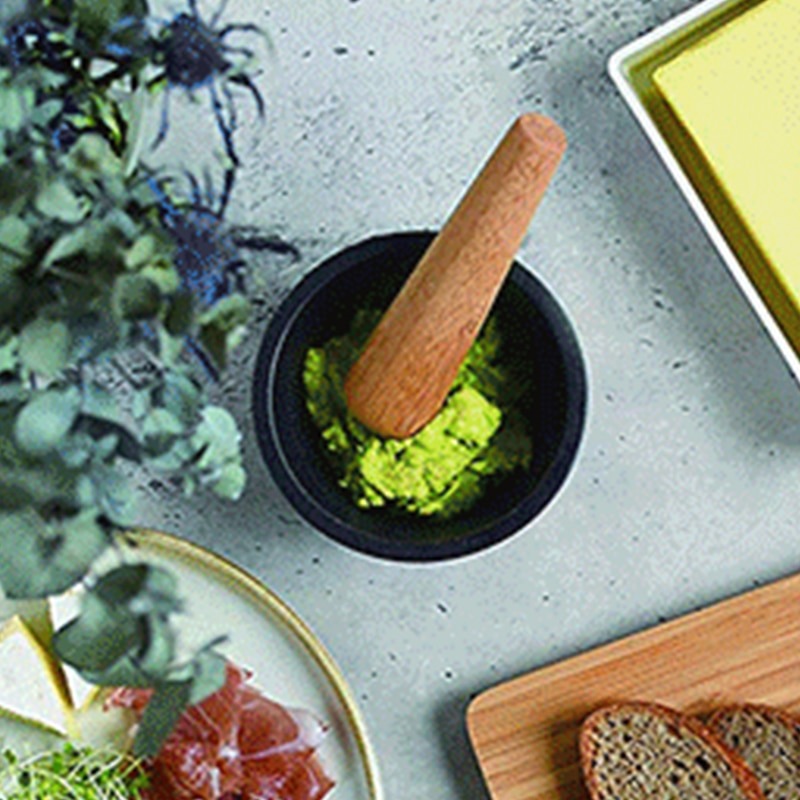
Elevate your kitchen experience with these ten exquisite mortar and pestle sets designed for culinary connoisseurs who appreciate the art of grinding. From sleek marble designs to rustic granite, these sets offer both functionality and aesthetic appeal. Whether you’re crushing spices or making homemade sauces, these mortar and pestle sets will enhance your cooking process with effortless elegance and timeless charm.
1. Classic Marble Mortar and Pestle with Polished Finish:
Add a touch of elegance to your kitchen with a classic marble mortar and pestle set featuring a polished finish that offers both style and functionality. Perfect for grinding herbs and spices, this set ensures you achieve perfect consistency with every use.
2. Granite Mortar and Pestle with Textured Surface:
Embrace rustic charm with a granite mortar and pestle set featuring a textured surface that adds character and authenticity to your kitchen. Whether you’re crushing garlic or making guacamole, this set ensures you achieve rich flavors and bold aromas with ease.
3. Porcelain Mortar and Pestle with Floral Design:
Infuse your kitchen with delicate beauty with a porcelain mortar and pestle set featuring a floral design that offers both elegance and practicality. Whether you’re grinding nuts or blending herbs, this set ensures you do so with grace and precision.
4. Bamboo Mortar and Pestle Set with Eco-Friendly Appeal:
Stay eco-conscious with a bamboo mortar and pestle set that offers sustainable elegance and natural charm. Whether you’re crushing spices or making pesto, this set ensures you do so with minimal environmental impact and maximum culinary delight.
5. Soapstone Mortar and Pestle with Intricate Carvings:
Add a touch of artisanal craftsmanship to your kitchen with a soapstone mortar and pestle set featuring intricate carvings that showcase skilled artistry and timeless beauty. Whether you’re grinding seeds or mixing spices, this set ensures you do so with artisanal flair and culinary finesse.
6. Stainless Steel Mortar and Pestle with Modern Design:
Embrace contemporary style with a stainless steel mortar and pestle set featuring a modern design that offers sleek sophistication and industrial appeal. Whether you’re crushing peppercorns or blending sauces, this set ensures you do so with culinary precision and urban elegance.
7. Wooden Mortar and Pestle Set with Handcrafted Details:
Channel rustic charm with a wooden mortar and pestle set featuring handcrafted details that offer warmth and character to your kitchen. Whether you’re grinding coffee beans or making salsa, this set ensures you do so with rustic elegance and artisanal flair.
8. Glass Mortar and Pestle Set with Minimalist Aesthetic:
Keep it simple yet stylish with a glass mortar and pestle set featuring a minimalist aesthetic that offers both functionality and visual appeal. Whether you’re crushing herbs or grinding spices, this set ensures you do so with effortless simplicity and modern elegance.
9. Cast Iron Mortar and Pestle Set with Vintage Appeal:
Add a touch of nostalgia to your kitchen with a cast iron mortar and pestle set featuring vintage-inspired details that evoke timeless charm and old-world elegance. Whether you’re grinding seeds or making rubs, this set ensures you do so with vintage flair and culinary authenticity.
10. Ceramic Mortar and Pestle Set with Vibrant Patterns:
Inject color into your kitchen with a ceramic mortar and pestle set featuring vibrant patterns that offer both style and functionality. Whether you’re crushing garlic or mixing marinades, this set ensures you do so with culinary creativity and artistic expression.
Enhance your culinary adventures with these ten exquisite mortar and pestle sets that offer both beauty and functionality for any kitchen. Whether you prefer classic elegance or modern flair, there’s a set to suit your unique style and elevate your cooking experience with effortless charm and timeless sophistication.

